Understanding Wax Paper for Edible Food
Wax paper has become an essential item in the food packaging and culinary industries, offering a versatile solution for preserving and presenting edible products. Wax paper for edible food is specifically designed to meet the safety and hygiene standards required for direct contact with food items. This introduction delves into the various aspects of wax paper, its types, applications, and the materials used in its production.
Types and Applications of Wax Paper
The utility of wax paper for edible food spans across several types, each serving a unique purpose. From special paper to kraft and baking paper, the variety caters to different food packaging needs. Special paper is often used for its strength and durability, making it suitable for wrapping greasy or moist items without disintegration. Kraft paper, recognized for its robustness, is ideal for heavier food products. Baking paper, a subtype of wax paper, is a favorite in the culinary world for its non-stick properties, widely used for lining baking trays and wrapping confectioneries.
Features and Materials
The composition of wax paper for edible food typically involves wood pulp or mixed pulp, ensuring the paper is both resilient and pliable. The production process may involve chemical-mechanical pulp, chemical pulp, or mechanical pulp, each contributing to the paper's texture and quality. The wax coating, which can be soybean or paraffin-based, provides a moisture-resistant barrier, making the paper greaseproof and suitable for various food packaging applications.
Advantages of Using Wax Paper
Utilizing wax paper for edible food offers several advantages. Its moisture-resistant nature helps in keeping food fresh, while its non-stick surface is ideal for wrapping or separating sticky food items without the need for additional grease. The paper's translucency allows for easy identification of the contents, and its ability to withstand a range of temperatures makes it suitable for freezer storage and other food preservation methods.
Environmental Considerations
In an era where environmental impact is a growing concern, wax paper for edible food often incorporates eco-friendly practices in its production. Many wax papers are biodegradable and compostable, making them a more sustainable option compared to plastic wraps. The use of natural and renewable materials like wood pulp further underscores the ecological benefits of choosing wax paper for food-related applications.
Choosing the Right Wax Paper
Selecting the appropriate wax paper for edible food depends on the specific needs of the food product in question. Factors such as the type of food, the intended use, and storage conditions play a crucial role in determining the most suitable wax paper. Suppliers on Alibaba.com offer a diverse range of wax paper options to cater to these varying requirements, ensuring that businesses can find the right match for their food packaging needs.
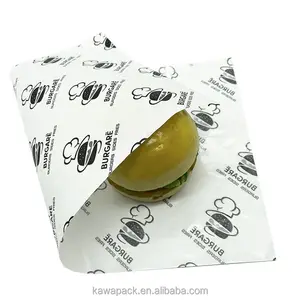






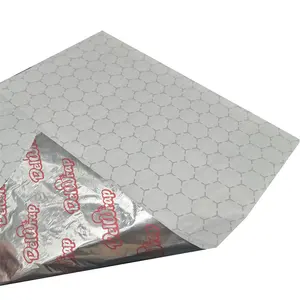

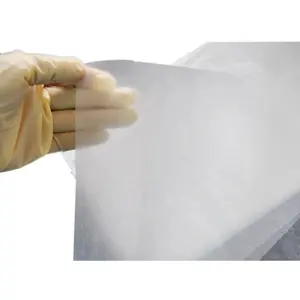
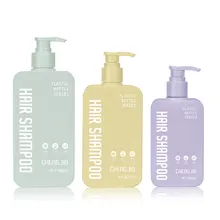
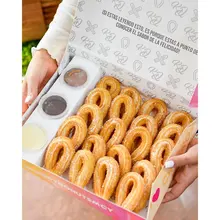



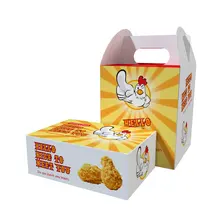

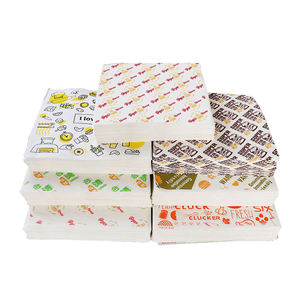
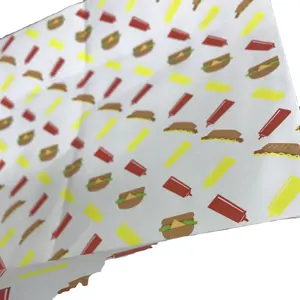





















 浙公网安备 33010002000092号
浙公网安备 33010002000092号 浙B2-20120091-4
浙B2-20120091-4